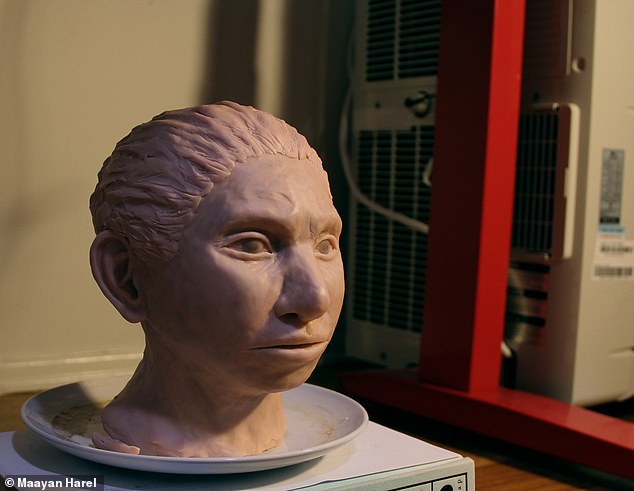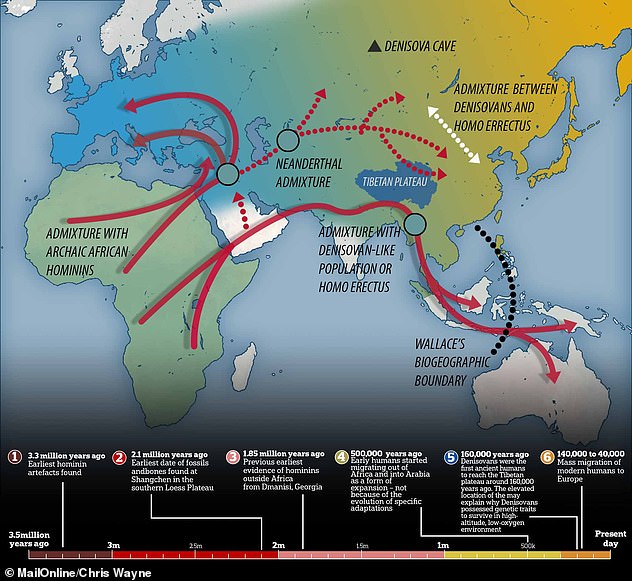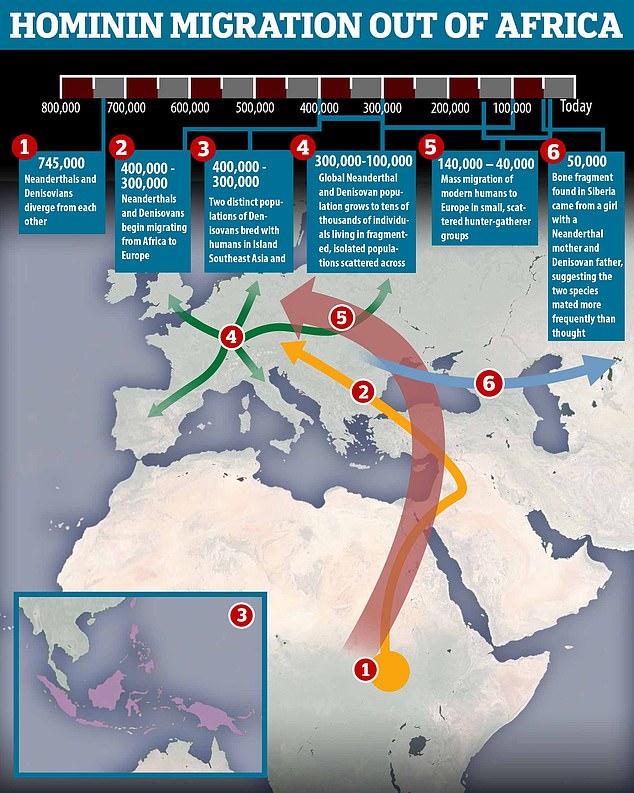تمكن بعض العلماء من فك شيفرة مظاهر جمجمة لقريب غامض لإنسان نياندرتال البدائي المنقرض، وذلك بعد تحليل حمضه النووي، بالإضافة إلى بعض التفاصيل أخرى.
المادة الجينية تم استخلاصها من عظمة إصبع أنثى تنتمي لفصيلة إنسان دينيسوفان المنقرضة، والتي عرفت من خلال شظايا عظامها الصغيرة وأسنانها التي تم اكتشافها في سيبيريا، بداخل كهف “دينيسوفا”، فيما لم توضح تلك الحفريات الكثير عن الخصائص التشريحية لإنسان دينيسوفان.
خصائص إنسان دينيسوفان التي أوضحها تحليل الحمض النووي، تمثلت في أنه كان يتمتع بوجه أعرض من إنسان نياندرتال وفصيلتنا البشرية، كما أن لديه عظام وجه أكثر بروزا من فصيلتنا البشرية لكن بدرجة أقل من إنسان نياندرتال.
ولم تستطع الحسابات تحديد حجم تلك الاختلافات، وفقًا لسكاي نيوز عربية.







Source: Tamol.om

